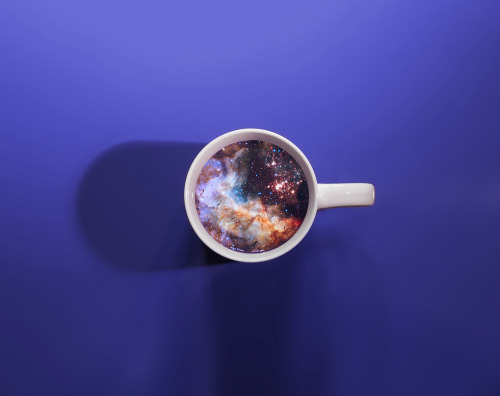writto
A simple reblog blog, aimed to support artwork, ideas and other mind candy.
42 posts
Latest Posts by writto
If you’re European, in a couple of weeks you will be denied any and all access to fandom contents on Tumblr and everywhere else on the internet. Here’s why.
On June, 20th the JURI of European Parliament approved of the articles 11 and 13 of the new Copyright Law. These articles are also known as the “Link Tax” and the “Censorship Machines” articles.
Articles 13 in particular forces every internet platform to filter all the contents we upload online, ending once and for all the fandom culture. Which means you won’t be able to upload any type of fandom works like fan arts, fan fictions, gif sets from your favourite films and series, edits, because it’s all copyrighted material. And you won’t also be able to share, enjoy or download other’s contents, because the use of links will be completely restricted.
But not everything’s lost yet. There’s another round of voting scheduled for the early days of July.
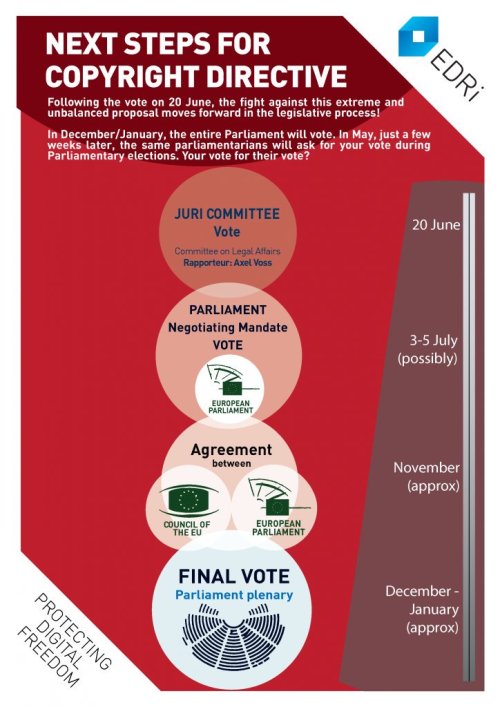
What you can do now to save our internet, is to share these informations with all of your family members and friends, and to ask to your MEP (the members of the European Parliament from your country) to vote NO at the next round, to vote against articles 11 and 13.
Here you can find more news and all the details to contact your MEP:
https://saveyourinternet.eu
Also, sign and share this petition:
https://www.change.org/p/european-parliament-stop-the-censorship-machinery-save-the-internet?recruiter=50668942&utm_source=share_petition&utm_medium=twitter&utm_campaign=psf_combo_share_initial
We have just a couple of weeks to stop this complete madness, don’t let them dictating the way we enjoy our internet.
#SaveYourInternet now!



Forest, Pejac


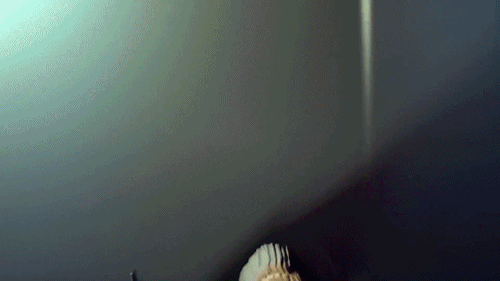
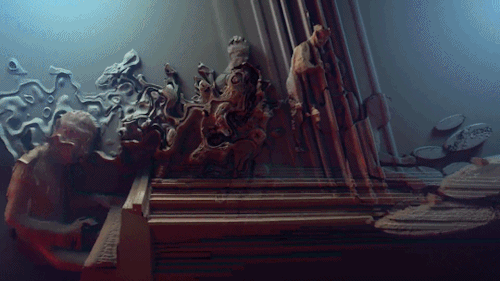
NEBULA
Video from Marcin Nowrotek presents a performance of Jazz using captures taken with a Kinect depth sensing camera:
NEBULA is an experiment that aims at finding the link between two trends that develop simultaneously in the history of film – Lumières concept of a movie as a record of reality and Méliés’s idea that uses the film as a tool for creation of imaginative worlds. NEBULA draws from both of these approaches and becomes a combination, collage, in which the recorded figurative picture is intermingled with abstract compositions being the graphic equivalent of music. The project using the volumetric filmmaking technique (RGB+D) is, on the one hand, the recording of an event (a meeting of musicians playing a jazz composition “Sleepwalker” by Maciej Obara) and, on the other, an attempt to obtain the visual experience of music by using the soundtrack of a recorded piece of music at the stage of post-production. The picture created as a result of the recording represents the “Lumières line” that aims at reflecting the reality in the most accurate way. Musical layer that has its sources also in the recording becomes a tool for creation of abstract visual compositions that does not bear traits of reality (Méliés’s line). These two approaches are combined into an audio visual form resembling a video clip.
The aim of this project, besides examining the links between record and creation based on non-figurative forms, is also the exploration of the new volumetric filmmaking technique (picture recorded by a Kinect sensor).
Link


Somewhere in the Sachsenhausen district of Frankfurt, Germany an unknown street artist used a deceptively simple set of stencils to turn a street grate into an awesome optical illusion. What was a grate on a utility hatch is now a window through which light shines, casting shadows on the floor of a tiny room.
If you know who created this clever work of literal street art, please let us know.
[via WHUDAT]


“Entropic Corporeality” from my #Metamorph show at @krabjabstudio Last day to see it in #seattle tomorrow!






Capture the Sun, Andrew McIntosh

Filippo Nesci

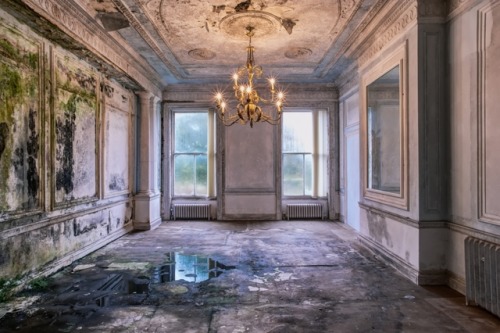

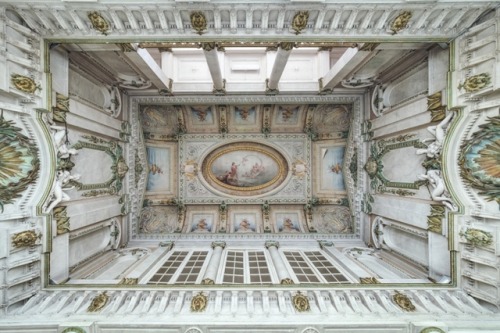


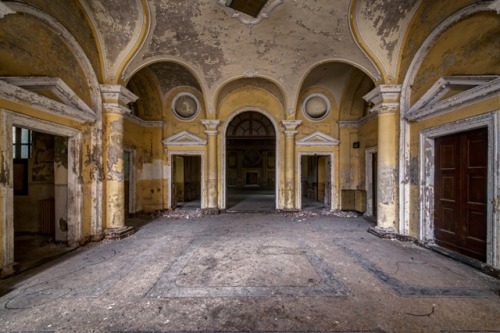
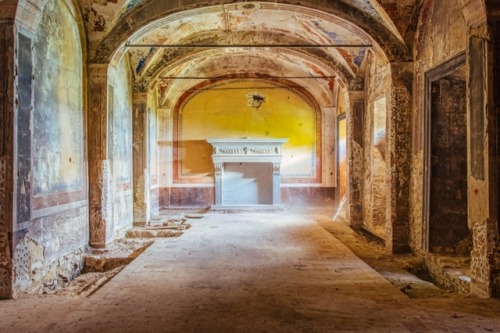
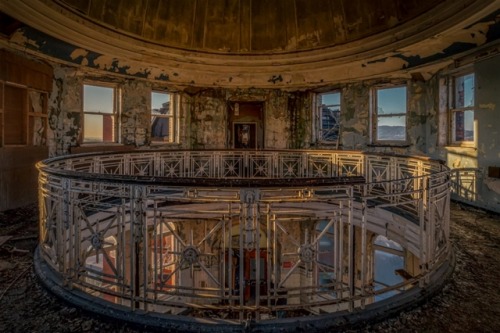
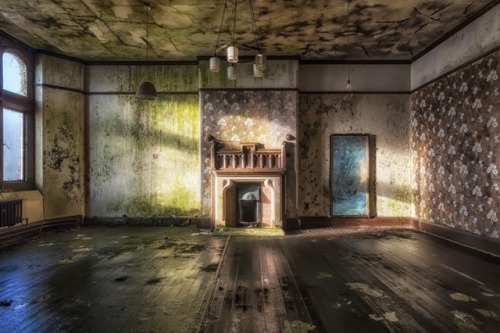
Abandonment issues, James Kerwin







Japan by car, James Gilleard

© Photo Credit



Image-To-Image Demo
Set of interactive browser-based machine learning experiments put together by Christopher Hesse turns doodles into images with various neural network trained image data. For example, in ‘edges2cats’, your simple doodle will be recreated with image data from a dataset of cat pictures:
Recently, I made a Tensorflow port of pix2pix by Isola et al., covered in the article Image-to-Image Translation in Tensorflow. I’ve taken a few pre-trained models and made an interactive web thing for trying them out. Chrome is recommended.The pix2pix model works by training on pairs of images such as building facade labels to building facades, and then attempts to generate the corresponding output image from any input image you give it. The idea is straight from the pix2pix paper, which is a good read. …
[On edges2cats:] Trained on about 2k stock cat photos and edges automatically generated from those photos. Generates cat-colored objects, some with nightmare faces. The best one I’ve seen yet was a cat-beholder.Some of the pictures look especially creepy, I think because it’s easier to notice when an animal looks wrong, especially around the eyes. The auto-detected edges are not very good and in many cases didn’t detect the cat’s eyes, making it a bit worse for training the image translation model.
You can also try doodles in datasets comprising of shoes, handbags, and building facades.
You can play around with the neural doodle experiments here




Welcome to the Thunderdome, Santiago Borja




My love is a dog from Hell, Leonard Koscianski






Eastern bloc, Marcin Wolski







Surveying the captivating work of English-born Lia Melia.
Follow Cross Connect Magazine: Tumblr | Instagram | Facebook
Two Minute Papers - Deep Learning Program Learns to Paint
Short video from Károly Zsolnai-Fehér explains simply how neural network artistic style transfer works, including new improved research work on the subject:
Artificial neural networks were inspired by the human brain and simulate how neurons behave when they are shown a sensory input (e.g., images, sounds, etc). They are known to be excellent tools for image recognition, any many other problems beyond that - they also excel at weather predictions, breast cancer cell mitosis detection, brain image segmentation and toxicity prediction among many others. Deep learning means that we use an artificial neural network with multiple layers, making it even more powerful for more difficult tasks. This time they have been shown to be apt at reproducing the artistic style of many famous painters, such as Vincent Van Gogh and Pablo Picasso among many others. All the user needs to do is provide an input photograph and a target image from which the artistic style will be learned.
Link





Anti-heroes, Susana Blasco






Best of Not ‘Shopped

₣⋃☦⋃℟∄ == neotokyo2099.com
from The Tale of Princess Kaguya (2013)
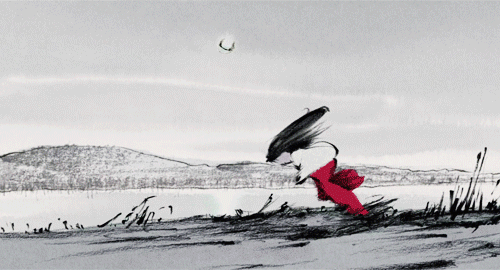


15mins spitpaint - topic - “little red riding hood”… it’s been a while i haven’t updated my artblog, been busy with work *^*’

when i saw and heard chaoscontrolled123’s wonderful post about the 600 years old butt song from hell i just knew that i had to bring the piece to life
i present to you, the butt song from hell, with lyrics, so you can even sing along if you want:
butt song from hell
this is the butt song from hell
we sing from our asses while burning in purgatory
the butt song from hell
the butt song from hell
butts




Octotype
